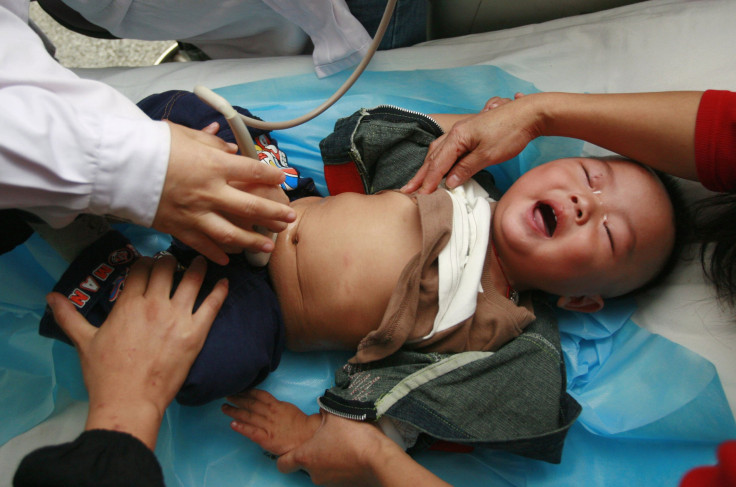Kidney Stones Becoming More Frequent Among Young People, Women, And African-Americans; Here’s Why

Kidney stones are the worst. Just ask this guy. Not only are they extremely painful to pass, but if stones become lodged in the urinary tract their removal could require surgery. A recent study conducted by researchers from The Children’s Hospital Of Philadelphia has found that kidney stones are becoming more prevalent with time and groups who have the lowest risk historically are suffering the biggest increases in kidney stone prevalence.
"The emergence of kidney stones in children is particularly worrisome, because there is limited evidence on how to best treat children for this condition," said Dr. Gregory E. Tasian, a pediatric urologist and epidemiologist at The Children's Hospital of Philadelphia (CHOP), in a statement. "The fact that stones were once rare and are now increasingly common could contribute to the inappropriate use of diagnostic tests such as CT scans for children with kidney stones, since health care providers historically have not been accustomed to evaluating and treating children with kidney stones."
Tasian and his colleagues gathered state medical records for children and adults living in South Carolina between 1997 and 2012. Researchers combed through a total population of 4.6 million to find around 153,000 children and adults who were treated for kidney stones. Tasian noted that kidney stones have been historically associated with middle-aged white men. He also recognized that statistics have started to show an increase among children and adolescents with kidney stones, but age, race, and sex characteristics are rarely included in these assessments.
Between 1997 and 2012, the annual prevalence of kidney stones increased by 16 percent. The greatest individual increases occurred among adolescents at 4.7 percent per year, females at 3 percent per year, and African-Americans at 2.9 percent per year. Over the course of the 16-year analysis, the risk for kidney stones among adolescents doubled and lifetime risk for women increased by 45 percent. Adolescent females experienced the highest increase in kidney stone rates with stones being more common among females than males between the ages of 10 and 25, However, that changed after 25.
"These trends of increased frequency of kidney stones among adolescents, particularly females, are also concerning when you consider that kidney stones are associated with a higher risk of chronic kidney disease, cardiovascular and bone disease, particularly among young women," Taisan added.
Although this study did not take diet into account, Taisan speculated that the rise in kidney stones, especially among demographics other than middle-aged white men, could be due to poor water intake and dietary habits, like an increase in sodium intake and a decrease in calcium intake. Poor water intake coupled with higher temperatures due to climate change results in dehydration, which subsequently promotes the growth of kidney stones. Luckily, there are ways to prevent the development of kidney stones, including a diet intended to lower blood pressure, staying away from sugary drinks, and even having sex.
Source: Tasian G, et al. Annual Incidence of Nephrolithiasis among Children and Adults in South Carolina from 1997 to 2012. Clinical Journal of the American Society of Nephrology. 2016.



























